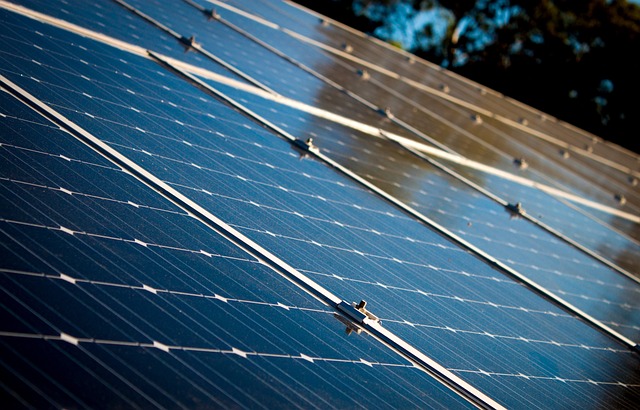In industrial and commercial construction, metal roofing systems have emerged as a sleek and practical solution for warehouses and large-scale facilities. As we approach 2024, the demand for these robust and efficient metal roof and siding options continues to soar. Here are some reasons why metal roofing systems are the future of industrial roofing.
Weathering the Elements: How Metal Roofing Systems Provide Unparalleled Durability and Protection
Warehouses and industrial spaces are often subjected to harsh environmental conditions, from blistering heat and intense sunlight to heavy precipitation and high winds. These structures need a metal roof and siding system to withstand these challenges and provide unparalleled durability and protection. This is where metal roofing systems excel.
Metal roofs are engineered to withstand the most challenging environmental conditions, providing robust and efficient protection for the structures they cover. They are highly resistant to damage from hail, high winds, and heavy rains, ensuring that the warehouse’s interior remains safe and secure.
Exceptional Lifespan and Cost-Effectiveness: How Metal Roofs Outperform Traditional Roofing Materials
One of the key advantages of metal roofing for warehouses is its impressive lifespan. With proper installation and maintenance, these roofs can last for decades, significantly outperforming traditional roofing materials. This longevity translates into long-term cost-effectiveness, reducing the need for frequent replacements and minimizing disruptions to operations.
Moreover, metal roofs require minimal maintenance, reducing the long-term costs of owning and operating an industrial facility. Unlike traditional roofing materials like asphalt shingles, metal roofs do not require regular repairs or replacements, which saves time and money in the long run.
Efficient Thermal Performance: How Metal Roofs Offer Superior Energy Efficiency
Energy efficiency is critical for warehouse owners and operators, directly impacting operational costs and environmental footprint. Metal roofing systems excel in this regard, offering superior thermal performance through their reflective surfaces and advanced insulation techniques. This can result in substantial energy savings and a reduced carbon footprint.
Metal roofs are up to 50% more energy-efficient than traditional roofing materials, translating into significant cost savings for industrial facilities. By reflecting sunlight and reducing heat transfer, metal roofs help maintain a stable indoor temperature, which reduces the need for heating and cooling systems. This, in turn, reduces energy consumption and operational costs.
Customizable and Aesthetic Appeal: How Metal Roofs Can Enhance the Visual Appeal of Industrial Facilities
While functionality is paramount in industrial settings, aesthetics should be noticed. Metal roofing systems offer a sleek and modern appearance that can enhance the visual appeal of warehouses and industrial facilities. With a wide range of colors, finishes, and profiles available, these roofs can be tailored to complement the facility’s overall architectural design and branding.
Moreover, metal roofs are highly customizable, which means that they can be designed to meet each facility’s specific needs and requirements. Whether it’s a complex roof shape or a particular color scheme, metal roofs can be customized to meet the most demanding design specifications.
Metal roofing systems are the future of industrial roofing. They provide unparalleled durability and protection, exceptional lifespan and cost-effectiveness, superior energy efficiency, and customizable and aesthetic appeal. If you’re planning to build or renovate an industrial facility, consider using metal roofing systems to ensure that your facility is safe, efficient, and visually appealing.

